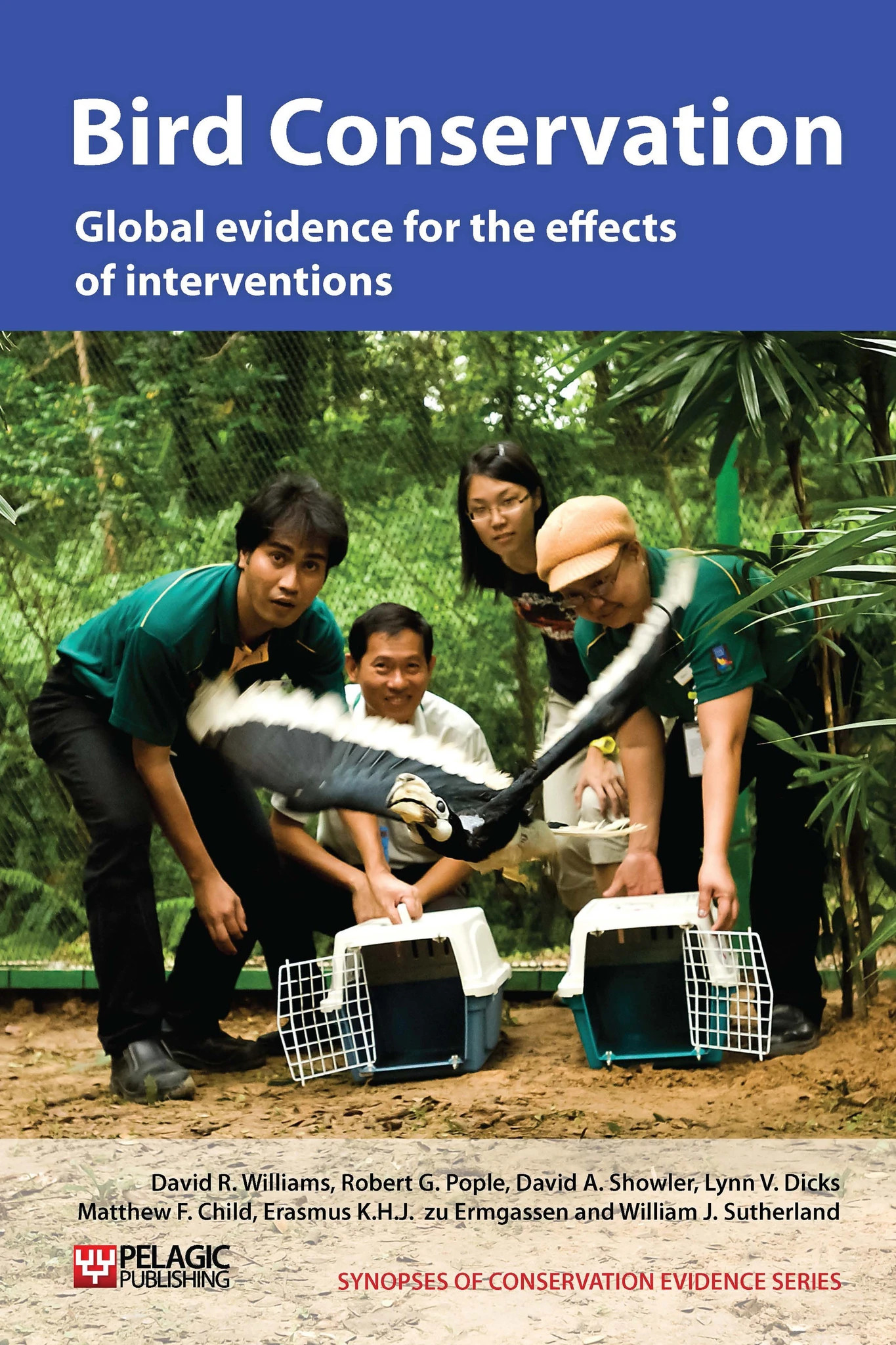Protect nest sites from competitors
-
Overall effectiveness category Unknown effectiveness (limited evidence)
-
Number of studies: 5
View assessment score
Hide assessment score
How is the evidence assessed?
-
Effectiveness
39% -
Certainty
24% -
Harms
5%
Study locations
Supporting evidence from individual studies
In Luquillo municipality, Puerto Rico, in the mid 1970s, provision of nest boxes and nest-hole modifications reduced competition from non-native, pearly-eyed thrashers Margarops fuscatus for Puerto Rican parrot Amazona vittata nest cavities (Snyder et al. 1987). Nest boxes for thrashers were erected near parrot nest cavities, and baffles and other modifications were installed such that the bottom of cavities used by parrots could not be viewed from the entrance, a change that parrots tolerated, but that made the cavities unacceptable as nesting sites for thrashers. Two benefits were apparent, the local pair of thrashers ceased to disturb the parrot cavity and their territorial presence prevented other thrashers from approaching.
Study and other actions testedA replicated, controlled study in 1990-1991 in 73 experimental and 73 control nestboxes in Nebraska, USA (Pochop et al. 1993) found that, in 1990, house sparrows Passer domesticus (an introduced species) delayed nesting in nestboxes that had three monofilament wires (37 cm apart) held in front of nest boxes on wire ‘prongs’, resulting in a shorter breeding period (broods started an average of 25 days earlier in control boxes). The modified nest boses also resulted in fewer successful clutches compared to control boxes (29% of experimental boxes with successful clutches vs. 53% of controls). However, in 1991, there were no such differences, (65% of 60 control clutches successful vs. 55-70% for 120 experimental boxes). All box types were used for roosting over winter.
Study and other actions testedA replicated before-and-after study in four National Forests in Texas, USA (Conner et al. 1995), found that red-cockaded woodpecker Picoides borealis populations increased at all four sites in the early 1990s after management, including the installation of restrictor plates around nesting holes, was intensified in 1989. The plates were installed in order to prevent enlargement of cavities by pileated woodpeckers Dryocopus pileatus. This study is discussed in ‘Provide artificial nesting sites’, ‘Translocate individuals’ and ‘Use prescribed burning’.
Study and other actions testedA study in mixed pine Pinus spp. forests in 1985-96 in South Carolina, USA (Franzreb 1997) found that a population of red-cockaded woodpeckers Picoides borealis increased following intensive management including fixing artificial cavities with restrictor plates to prevent them being enlarged by other woodpeckers. Other interventions were the provision of artificial cavities and nest boxes (see ‘General responses to small/declining populations – Provide artificial nesting sites’), translocations of adults and fledglings and habitat management (control of midstorey vegetation and prescribed burning) and are discussed in ‘General responses to small/declining populations – Translocate individuals’ and ‘Threat: Natural system modifications – Forest modifications’.
Study and other actions testedA replicated study in 1996 in a longleaf pine Pinus palustris forest in eastern Texas, USA (Saenz et al. 1998) found that fitting restrictor plates (steel plates that stop entrance holes being enlarged) to red-cockaded woodpecker Picoides borealis nesting cavities significantly reduced the proportion of holes that were enlarged (and rendered unsuitable) by larger pileated woodpeckers Dryocopus pileatus, compared to control cavities (2% of restrictor plate-fitted cavities enlarged, n = 54; 41% of control cavities enlarged, n = 276). The authors note that preventing hole enlargement may prevent other species, such as American kestrels Falco sparverius and eastern screech-owls Megascops asio, from nesting in woodpecker cavities too.
Study and other actions tested
Where has this evidence come from?
List of journals searched by synopsis
All the journals searched for all synopses
This Action forms part of the Action Synopsis:
Bird Conservation
Bird Conservation - Published 2013
Bird Synopsis





)_2023.JPG)














